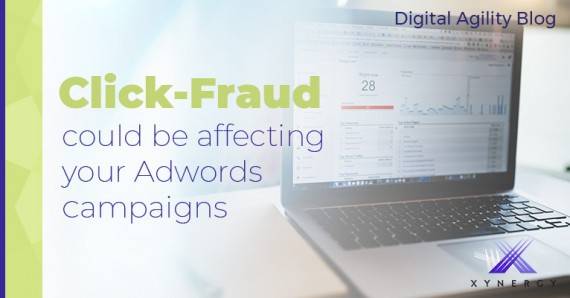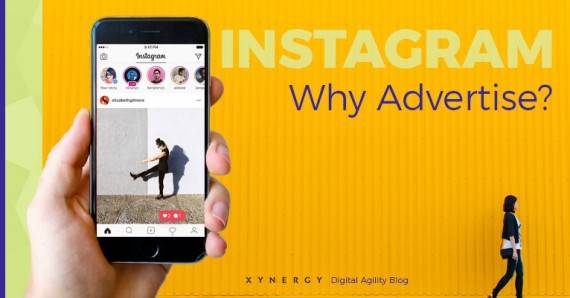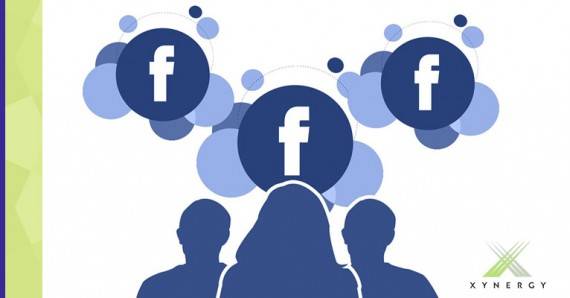Advertising trends from 2012 were mostly driven by the shift to advertising on mobile devices. Since the mobile advertising formats are cheaper, advertisers were all competing to save the most money. The following are adverting trends from 2012:
1. Native Advertising Native advertising refers to implementing branded content written in the website’s or app’s authentic voice. It is a form of sponsored content that shares branded content organically and seamlessly. An example of native advertising is an article or post that promotes another brand. This sneaky form of advertising strongly contrasts the pop-ups and banner ads consumers are accustomed to. These traditional ads do not work as well on mobile devices because of their smaller screens where the advertisement has to work harder to catch the reader’s attention.
2. Action-Based Advertising Action-based advertising is based on the consumer interacting with an ad to initiate it. This trend is also driven by the shift to mobile platforms; users on mobile platforms are more open to ads while killing time. An example of an action-based ad is a sponsored story on Facebook. Sponsored stories are messages coming from friends about them engaging with a page, app, or event that a business or individual has paid to highlight so that there is a better chance people will see them. Other action-based ads can be initiated by sharing a piece of content. Appssavvy, a leader in action-based advertising, claims that these types of ads get 10 times the click-throughs of traditional banner ads.
3. Location-Based Marketing loses Popularity In 2010 and 2011 Foursquare was all the rage. Even with the strong progression towards mobile advertising, by 2012 fewer advertisers were calling for their customers to check in on Foursquare. The reason Foursquare has lost popularity is because its novelty has warn off with the introduction of Apple i0S 6’s Passbook, Google’s five icons on smart phones, and Facebook’s check in. While these both offer location-based marketing, neither has the gamification layer of Foursquare.
4. Daily Deals lose Popularity Groupon and LivingSocial, the two major competitors in the daily deals field, have lost their novelty and vendors have even began to question the long-term value of the deals they are offering. 5. Internet Blackouts Fail Several companies unsuccessfully tried to dissuade people from using social media and the internet in order to outsell their social media embedded competitors. Diesel marketed its YUK shoe by asking users to quit Facebook, Twitter, and Instagram for two day or quit Facebook for three days to try to win the shoe. Another campaign by Brut tried to convince guys to quit Facebook because it’s not masculine. Finally, an app from Newcastle Brown Ale exposes user’s lame motivations for posting photos on social media. With these trends in mind, businesses will commit to utilizing these advertising strategies to improve sales on mobile devices. These failed initiatives can also be used to decide which strategies to avoid going forward.
http://mashable.com/2012/12/12/the-5-hot-ad-trends-2012/ http://heartifb.com/2013/01/16/what-you-need-to-know-about-native-advertising/





